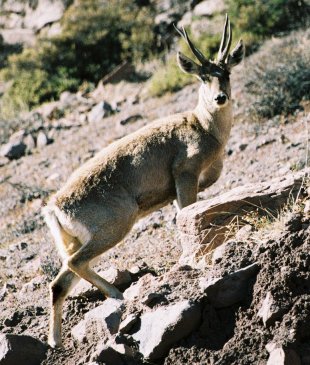Facts About Andean Deer, Taruga
The taruca, also known as the North Andean deer, is a captivating species native to South America. These medium-sized deer boast a robust build, measuring between 128 to 146 cm in length and weighing approximately 69 to 80 kg. Males are generally larger than females and bear antlers with two tines. Their fur is a sandy-brown color, accented with striking white patches in various areas.
Tarucas inhabit the Andes mountains, ranging from central Peru through Bolivia, northeastern Chile, and northern Argentina. They thrive in grasslands peppered with shrubs and rocky outcrops, typically near water sources. Their diet mainly consists of bushes, shrubs, and herbs, but they also graze on grasses and occasionally raid agricultural fields, consuming crops like alfalfa, barley, and potato plants.
These deer are sociable creatures but do not form permanent herds. Instead, they oscillate between different groups, which can include up to thirty individuals. Females typically lead these groups, while males tend to become quite assertive during the breeding season. The rutting period occurs from May to July, and after a 240-day gestation period, a single fawn is born between January and March. The mother keeps her fawn hidden behind rocky outcrops for the first month to protect it.

 Paraguay
Paraguay